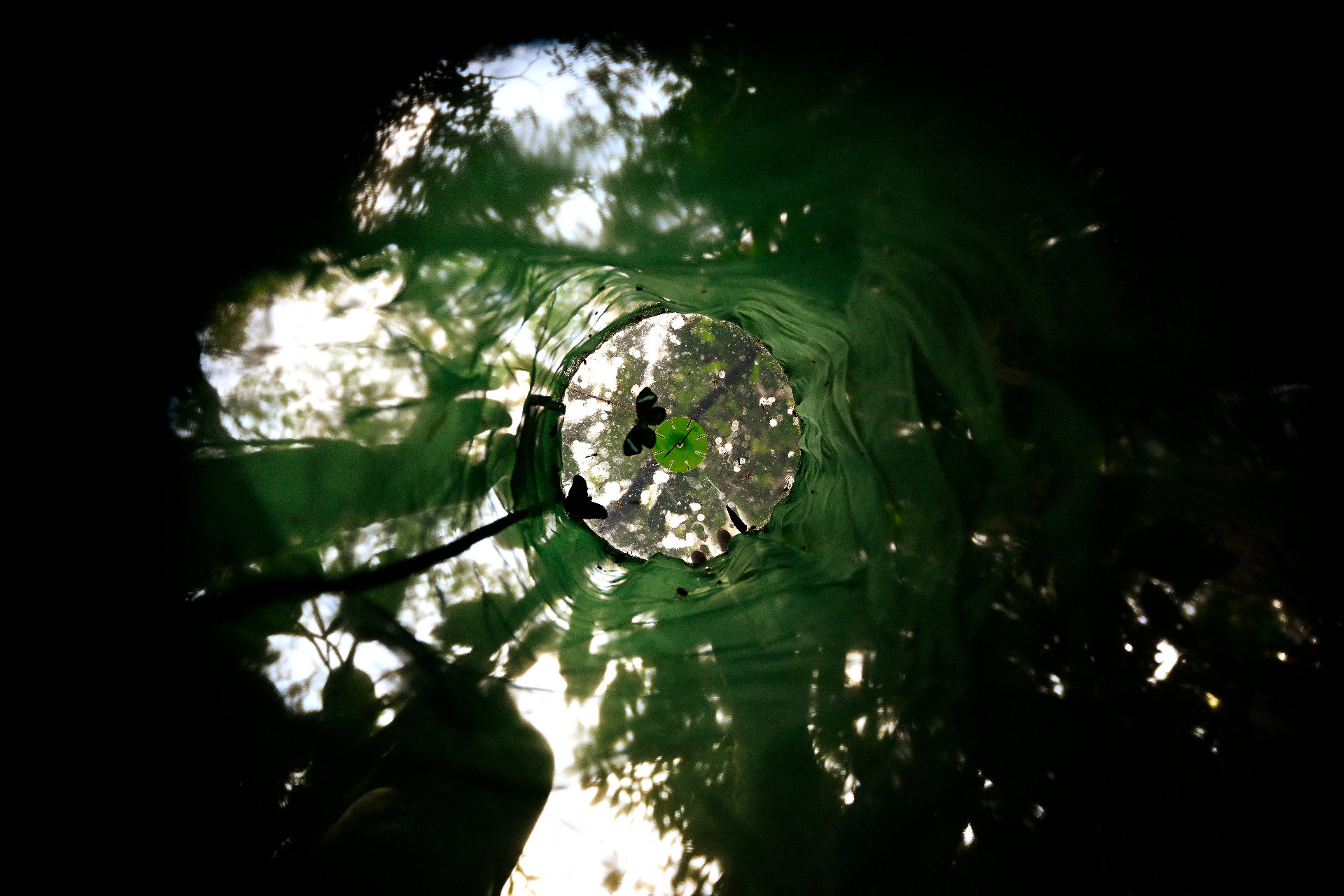Heavy metals found in most dark chocolate. Should you worry?
Consumer Reports recently tested several popular brands of dark chocolate, and found that many contain lead and cadmium, heavy metals linked to numerous health problems in children and adults. Here's what you need to know.
Consumer Reports scientists tested 28 dark chocolate bars and discovered cadmium and lead in every single one. Eating just one ounce a day of 23 of them would push an adult beyond the safe threshold for at least one heavy metal, according to California guidelines.
Photo: Tamas Pap on Unsplash
Popular brands like Hershey’s, Theo, Trader Joe’s, and others were found to have concerning levels of lead, cadmium, or both in their dark chocolate products. It didn’t matter if they were organic or not. The full report lists the different levels in each sample, and they do do vary quite a bit.
Frequent lead exposure can cause nervous system problems, hypertension, immune system suppression, kidney damage, and reproductive issues in adults. But it’s more dangerous for children and pregnant women as it can cause significant developmental problems.
Photo: Aditya Romansa on Unsplash
Consistent consumption of too much cadmium can lead to stomach problems, lung problems and can potentially damage the kidneys. This goes for both children and adults. The International Agency for Research on Cancer has also classified cadmium as carcinogenic.
Melissa Melough, nutrition expert from the University of Delaware, told the New York Times that this study is indeed worrisome. “If you’re a regular consumer of these dark chocolates, I would be concerned,” she said, saying to be extra careful if you're pregnant, breastfeeding or have children who eat dark chocolate since heavy metals can affect brain development.
Cacao plants absorb cadmium from the soil through their roots, accumulating the metal in the beans throughout their growth. According to an expert investigation into how it works, the amount of cadmium in the soil changes a lot from farm to farm and country to country.
All soils and rocks contain some cadmium. But it has also been widely dispersed into the environment through the air by mining, smelting, fertilizers, and other industrial uses. After it is released into the atmosphere, it is deposited into the earth by rain.
Photo: Wim van 't Einde on Unsplash
Given its prevalence, high quantities can be found in some foods like seafood, frog legs, seaweed, organ meat, rice, potatoes, grains, fungi and algae products, besides chocolate. However, the biggest source of exposure is tobacco, as it is most readily absorbed into the lungs.
Photo: Pawel Czerwinski on Unsplash
The expert report found that soil additives like limestone and zinc can reduce cadmium uptake. However, since cacao trees are perennials, it’s hard to add those in. There’s also the option of genetically modifying trees that take less cadmium in. But both options require replacing older trees with new ones.
Lead contamination in cacao occurs after beans are harvested, mostly when lead-filled dust and dirt accumulate on the outer shell of the beans during outdoor fermentation and drying. When the beans are processed, the lead can also spread to more parts of the beans.
Leaded fuel led to roadside soil contamination. And in some countries where cacao is grown, bans on the fuel came in later than in other countries. According to the Seattle Times, drying and fermenting beans near the roadside or in these countries can boost lead contamination.
The expert investigation says changes to harvesting and manufacturing processes can reduce lead contamination. Changes like minimizing soil contact with beans, using protective covers for drying, keeping away from roads, improving equipment and using rapid lead test kits could all help.
Photo: Kristiana Pinne on Unsplash
Toxicologist DiBartolomeis told Consumer Reports the most immediate step should be surveying land to see if it is highly contaminated and moving production if need be. Companies can also mix beans from different areas to balance heavy metal levels out. That’s what the chocolate company Taza says it does to get better results.
Yes, dark chocolate is a wonderfully healthy and delicious food, packed with antioxidants and even shown to protect you from heart disease and known to satisfy cravings. But with the heavy metal risk, what’s a person to do?
The Consumer Report study shows heavy metals found in different brands. But more broadly, try dark chocolates with lower cacao percentages, even milk chocolate (with moderation), or find brands that demonstrate a lack of contamination... Although it isn’t regulated.
Photo: T' Amal on Unsplash
Consumer Reports says eating an ounce of one of the chocolates is unlikely to cause any immediate harm. What is more dangerous is eating an ounce every day. So, they say, it’s best to eat chocolate occasionally, especially those with lower suspected levels of heavy metals.
Photo: Polina Tankilevitch on Pexels
More for you
Top Stories






























